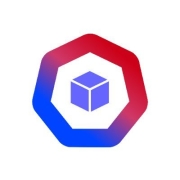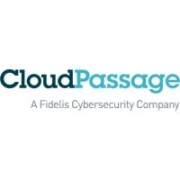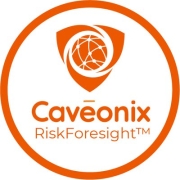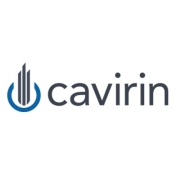Cloud Workload Protection Platforms (CWPP) offer comprehensive security and protection for applications running in cloud environments. These solutions help organizations ensure their workloads are secure from various cyber threats, enhancing overall cloud security.
Targeting organizations with substantial cloud footprint, Cloud Workload Protection Platforms integrate with existing cloud infrastructure to provide seamless security features. These solutions typically include threat detection, vulnerability management, compliance monitoring, and incident response. They help manage and mitigate risks associated with cloud-native applications and workloads.
What are the critical features of Cloud Workload Protection Platforms?
What benefits or ROI should users look for when evaluating Cloud Workload Protection Platforms?
CWPP solutions are widely implemented in various industries, including finance, healthcare, and retail, where securing sensitive data is paramount. For example, in the finance sector, CWPP aids in protecting transactional data and ensuring compliance with financial regulations.
Cloud Workload Protection Platforms are beneficial for organizations by providing advanced security measures, thus allowing them to focus on business operations without worrying about cloud security threats.


































































Cloud workload security is effectively securing an organization’s cloud deployment by securing the infrastructure itself and every level of the workloads that are hosted on it. The goal of cloud workload security is to protect all of your organization’s resources that run on a cloud.
Workload management is the process of determining the proper workload distributions in order to provide optimal performance for applications and users. It gives your organization the opportunity to control where each work request is run in order to maximize workload throughput and enhance performance by making sure that no single processing node is overtaxed while others are underutilized.
Workloads are protected through the process of continuously monitoring for and removing threats. When it comes to protecting workloads, there are a variety of options.
Cloud workload security software is software that offers cloud workload protection for containers, functions, or machines that store the data and network resources that make an application work. The software uses a workload-centric approach and deploys agents to monitor resources in order to provide better insights.
Cloud Workload Protection Platforms enhance security by providing comprehensive threat detection and prevention capabilities across cloud environments. They monitor runtime activities, offer visibility into workload behaviors, and enforce security policies to protect against attacks. By leveraging machine learning, they can identify anomalies and prevent unauthorized access, ensuring that your cloud workloads remain secure even as they scale.
What are the key features to look for in a CWPP solution?When selecting a CWPP solution, look for features like automated threat detection, compatibility with multi-cloud environments, comprehensive logging, and compliance management. Strong vulnerability assessment capabilities and integration with existing security tools are essential. Ensure it provides real-time monitoring and alerts, as these features help to quickly respond to potential threats and maintain the integrity of your cloud workloads.
How does CWPP differ from traditional security solutions?CWPP differs from traditional security solutions by specifically addressing the unique challenges of cloud environments. While traditional solutions focus on perimeter defenses, CWPPs offer security at the workload level, handling dynamic and distributed cloud architecture. They provide visibility and control over cloud-native activities, prioritize tasks based on risk, and automate responses, optimizing security for today’s agile and complex infrastructure.
Can CWPPs integrate with existing IT infrastructure?Yes, CWPPs can integrate with existing IT infrastructure. They are designed to work seamlessly with various environments, including on-premises, hybrid, and multi-cloud setups. Most platforms offer APIs and connectors that facilitate the integration process, ensuring smooth data flow and consistent policy application across all systems. This integration enables you to extend your current security protocols to cloud workloads without significant overhauls.
What are the cost considerations when implementing a CWPP?Cost considerations for implementing a CWPP include licensing fees, which can vary depending on the scale and capabilities of the solution. Factor in the costs of integration with existing systems, potential training for staff, and ongoing maintenance. Evaluate the total cost of ownership by comparing these expenses with the potential savings from reduced risks and streamlined operations. Additionally, scalable pricing models may offer cost efficiencies as your cloud environment grows.